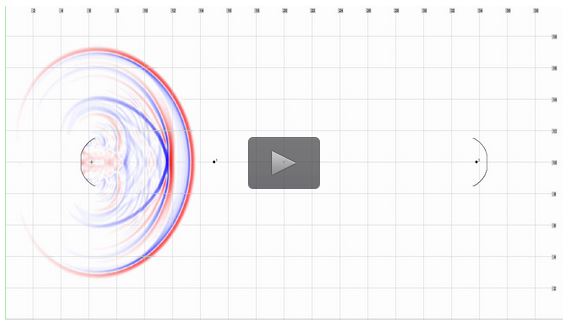Physics of Mirrors
What do we learn about physics in this experiment at ETH Zurich? The two acoustic mirrors on the H?nggerberg campus show on a large scale how experiments with tiny particles work in physics labs. The experiment is temporarily in storage due to construction work. Recommissioning is planned for early summer 2022.

Experience research in a playful way
A long known phenomenon illustrates modern research methods. From ancient Greece to the present day, experiments have been carried out with curved “mirrors” to bundle waves or particles and thereby amplify them: from sound and water waves to radio and light waves to matter waves of electrons. The acoustic mirrors illustrate on a large scale what happens in laboratories on the H?nggerberg campus in some quantum research experiments. The shape of these mirrors follows their function, but their design is unique thanks to the collaboration between the Departments of Physics and Architecture.
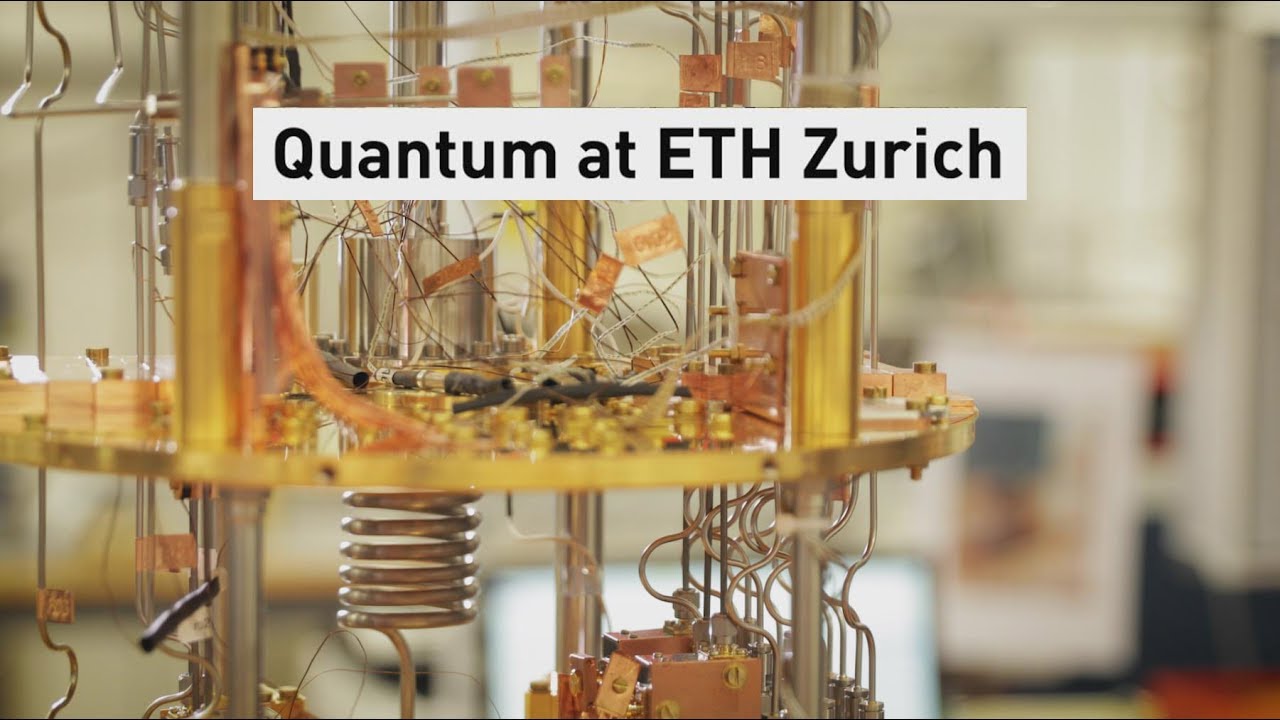
Mirrors in quantum research
Basic research investigates the behaviour of tiny particles such as individual ions or photons. The wavelengths of visible light are only one millionth of a meter. Nonetheless, light waves behave similarly to sound waves, which have wavelengths in the range of one meter. Light particles and sound can both be captured between mirrors and thus be amplified. In quantum research, amplification serves to make these extremely small particles better observable.
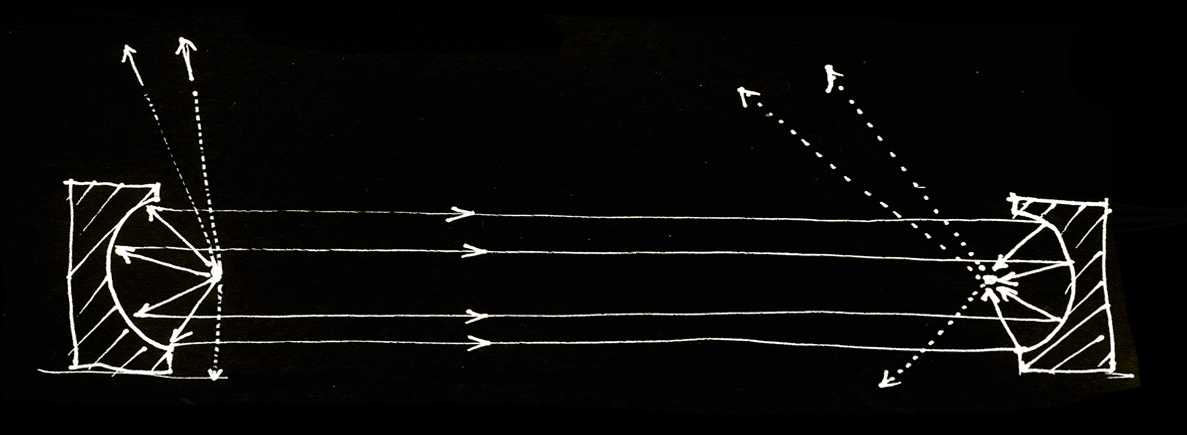
Sound waves are spreading out. Not all sound waves are picked up by the opposite acoustic mirror. Some of the reflected sound waves also disappear into the environment and become inaudible. This sound is ultimately converted into heat - another form of energy. The digital animation in the section “How is sound mirrored?” illustrates this process.
Similar to what happens in water, waves also arise in air, which we perceive as sound. These waves are density modulations in the air that origin from the sound source. The sound waves can be reflected on hard surfaces. The echo in the mountains is created in this way. Greek architects used the effect to build theatres 2500 years ago.

When speaking, the sound waves initially propagate spherically in all directions. In the sketch above and in the digital animation below, this spherical spreading is shown two-dimensionally as a curved line. When the sound waves hit the curved acoustic mirror, they are reflected and “straightened”. They can now extend in a directional manner as a “plane wave” and therefore hit exactly the second acoustic mirror. There they are reflected again and bundled onto the ear of the listening person. Without the two mirrors, most of the sound waves would have escaped and become inaudible.
Sound waves – research at Empa
Digital animation of the sound waves between two acoustic mirrors, which are represented by two curved lines - you can see the mirrors from above. The sound comes from the left side. Intense red symbolizes a high overpressure, intense blue a strong underpressure.
Especially with high-frequency tones, it is possible to digitally investigate how sound (more precisely: sound pressure) propagates and is reflected by obstacles, here the acoustic mirrors.
The acoustic mirrors on campus H?nggerberg are spherical, that is, they are constructed to take the form of as part of a ball. The result is a “plate” that is curved towards the inside and reflects back sound waves in a focused manner.
Such a concave mirror has a focal point, the focus, at which incident plane waves are bundled. The closer the mouth of the transmitter and the ear of the receiver are to the focus of the respective mirror, the more the latter hears. The harder and smoother the surface of the two acoustic mirrors, the better the principle works. Hard and smooth surfaces reflect sound better than soft and rough ones.
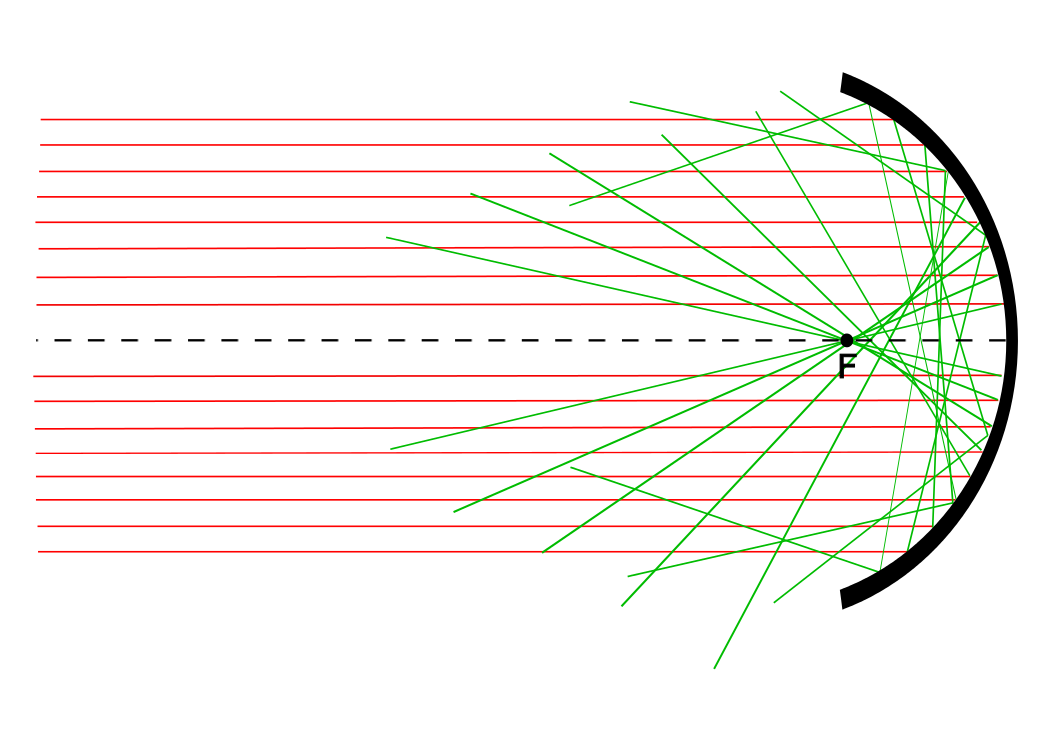
Not only sound waves, but all kinds of waves can be bundled by means of mirrors. Physicists today make use of this principle for current basic research, also at ETH Zurich. They focus electromagnetic waves such as light and radio waves, but also matter waves of electrons.
In particular in quantum research, it is important to bundle the smallest signals and thus make them observable. If two curved mirrors are used to reflect light back and forth, it is even possible to capture and amplify individual light particles, so-called photons.
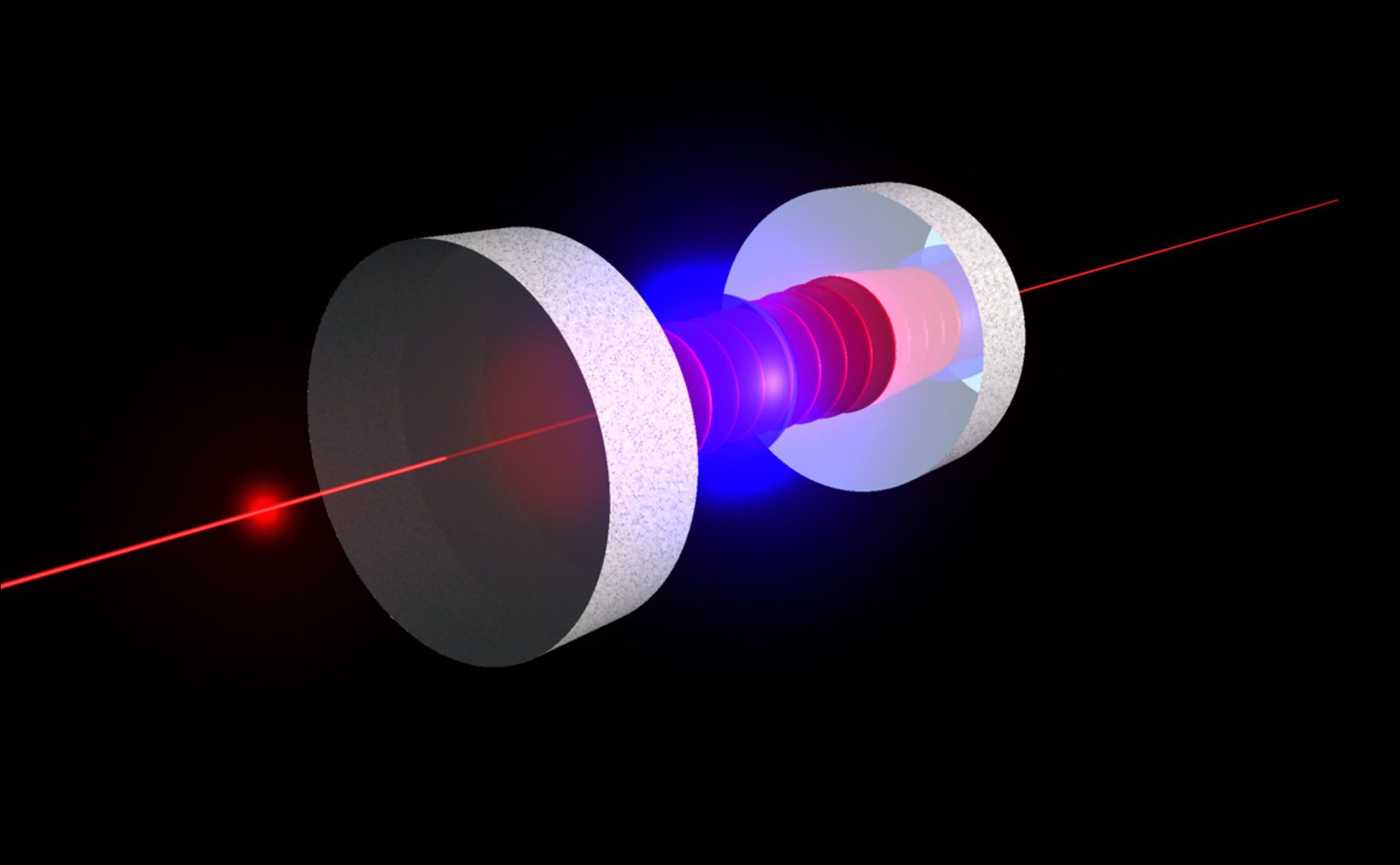
Quantum Communication and Sensors
The interaction of atoms with photons can also be studied in this way. This is important for secure quantum communication for instance. Even the recoil of photons reflected by a mirror can be made visible and be used. This forms the basis for building sensors with unprecedented sensitivity that can dedect extremely small signals.

Spherical and parabolic mirrors are also used in a variety of technological applications. Applications range from solar ovens and satellite dishes to headlights in cars. Lenses, on the other hand, bundle waves directly without reflecting it.
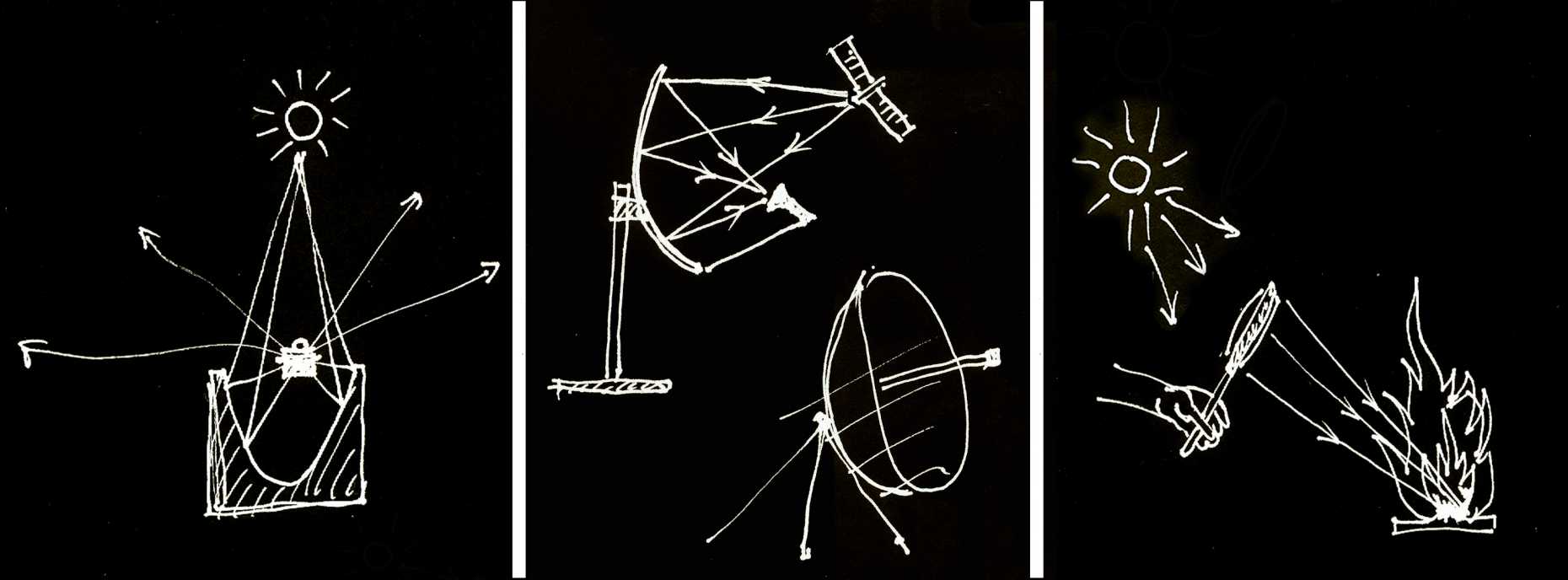
Sound and noise everywhere
Every day, we hear sounds of all sorts and yet in our everyday lives we do not deal much with the diversity of it. A look at the website of the external page EMPA Acoustics / Noise Reduction Department shows how complex and exciting the subject is. Kurt Heutschi supported the students in the external page MAS Digital Fabrication as an acoustics consultant.
